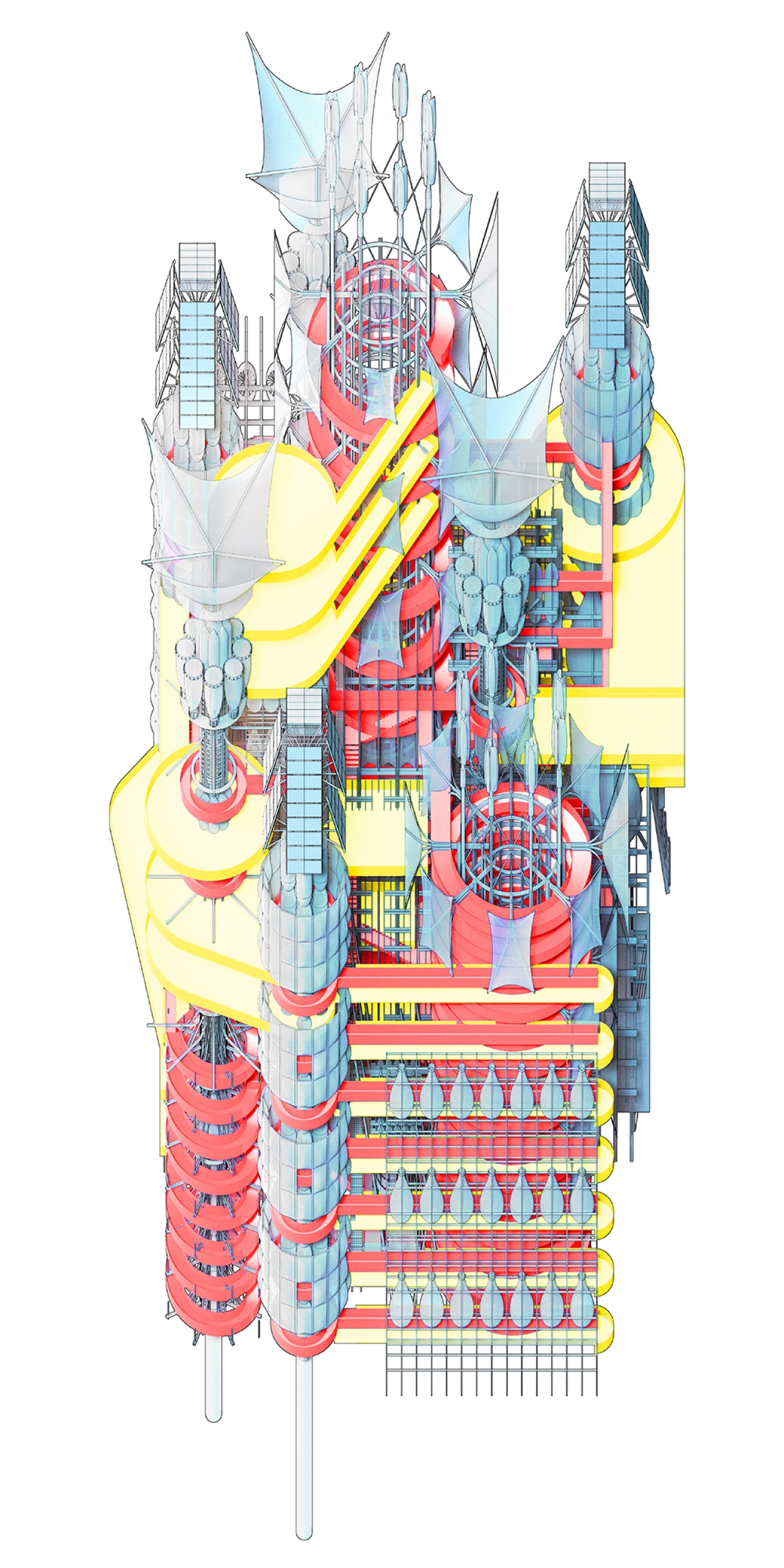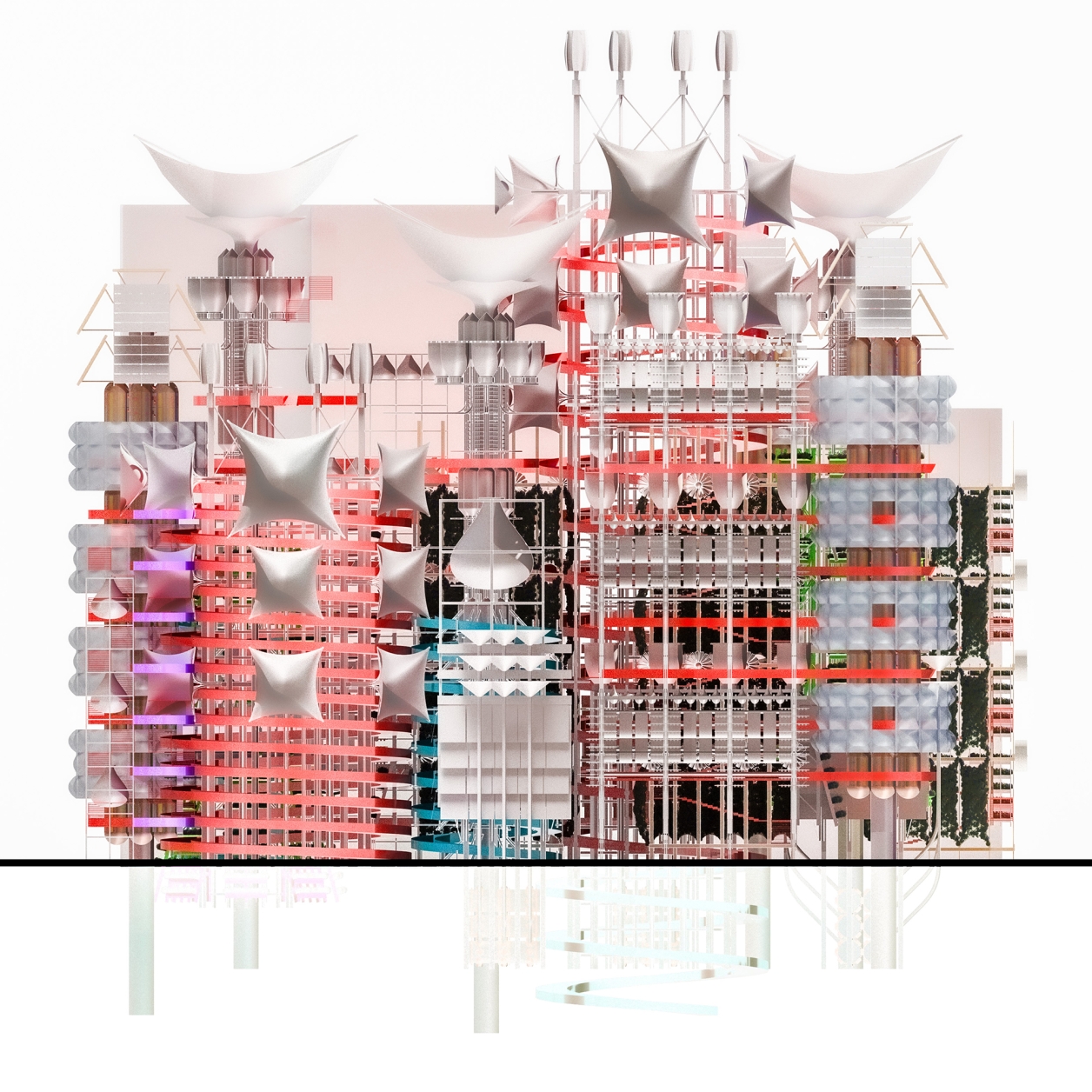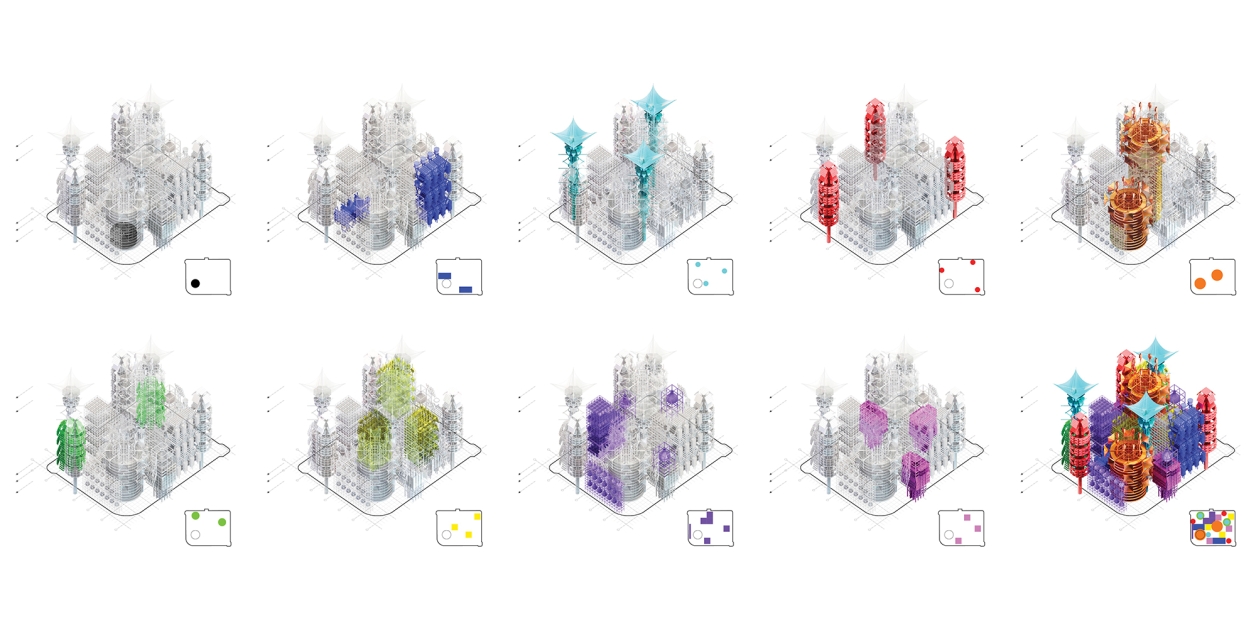The first critical variable is heat. Heat is not only a defining variable of 21st-century climate conditions, but also of social politics, communication networks, and digital media infrastructures. Heat must be regarded capaciously today, not just as a measurement of a place, but rather a process in which everything participates. All matter emits heat from human skin to asphalt roads to growing plant leaves. Heat has also long been symbolically and culturally intertwined with the built environment, both as a generator of heat and as a facilitator of social gathering in spaces of thermal comfort. In recent decades coinciding with the exponential rise in global temperatures, however, the phenomenon of heat from an architectural perspective has taken on more nuanced and complicated social, political, and environmental implications. This paradigm has developed within a framework of architecture that seeks exponential precision of thermal control: the envelope as a consistent and impermeable datum between interior and exterior. Sensory neutrality, particularly in the realm of thermal sensation, has become not just the architectural default, but the ideal. In precision-managed thermal conditions, the human being has become desensitized to environmental perception. Without the opportunity for variation in our immediate stimulus, we become disassociated from nature








